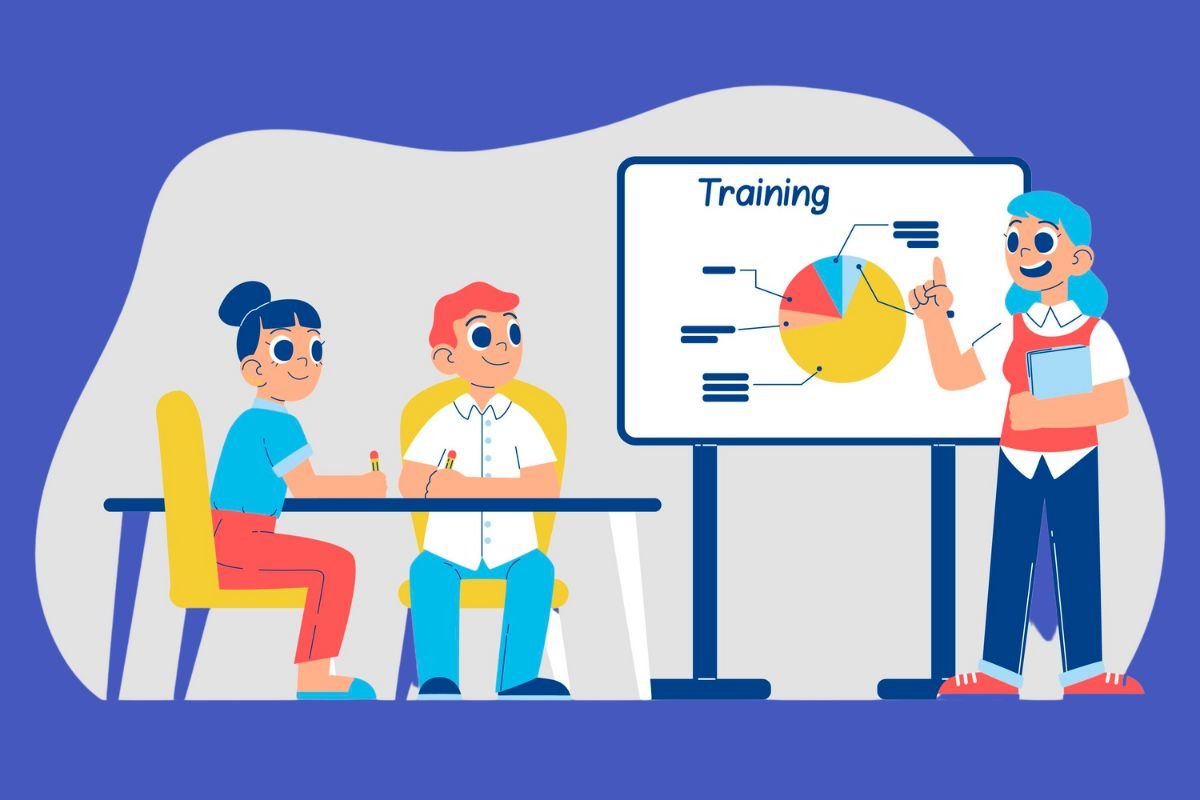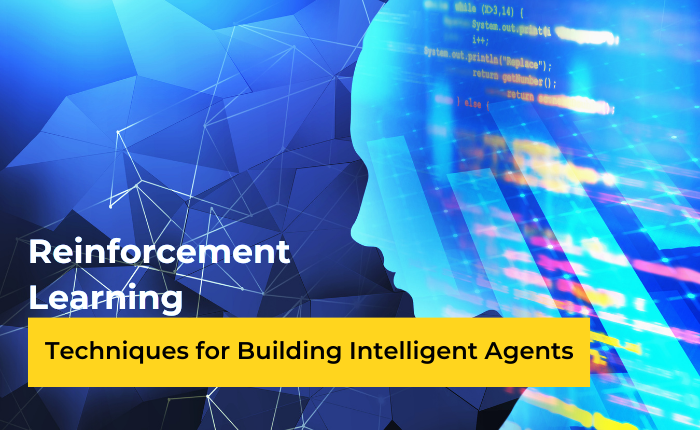Reinforcement Learning: Techniques for Building Intelligent Agents
Course content
Week 1: Introduction to Reinforcement Learning
What is reinforcement learning and its applications
Markov decision processes (MDPs)
Value-based vs. policy-based methods
Lab: Implementing a simple RL algorithm (e.g. Q-learning) using Python and OpenAI Gym
Week 2: Deep Reinforcement Learning
Week 3: Actor-Critic Methods and Multi-Agent Reinforcement Learning
Week 4: Advanced Topics and Applications
About Course
Reinforcement learning (RL) is a subfield of artificial intelligence (AI) that deals with how an agent can learn to take actions in an environment to maximize a reward signal. In RL, an agent learns by interacting with an environment, receiving feedback in the form of rewards or punishments for its actions, and adjusting its behavior to maximize its expected cumulative reward.
Some popular techniques for building intelligent agents using reinforcement learning include:
- Markov decision processes (MDPs): A formal framework for modeling decision-making in environments with stochastic dynamics and rewards.
- Q-learning: A model-free RL algorithm that learns a state-action value function (Q-function) to make decisions about what actions to take in an environment.
- Deep reinforcement learning (DRL): The application of deep learning techniques to reinforcement learning, often using deep neural networks to represent the Q-function.
- Policy gradient methods: A family of RL algorithms that optimize a policy directly, rather than learning a value function.
- Actor-critic methods: A family of RL algorithms that combine policy gradient and value-based approaches, using an actor to select actions and a critic to estimate the value of those actions.
- Multi-agent reinforcement learning (MARL): RL algorithms designed for scenarios where multiple agents interact with each other in a shared environment.
- Imitation learning: A form of supervised learning where an agent learns to imitate an expert’s behavior by observing their actions.
Reinforcement learning techniques have been successfully applied to various domains such as robotics, game playing, finance, and healthcare. With recent advances in deep learning and other AI techniques, reinforcement learning is becoming an increasingly important tool for building intelligent agents that can learn from experience and adapt to changing environments.
Instructor
Student Ratings & Reviews






























